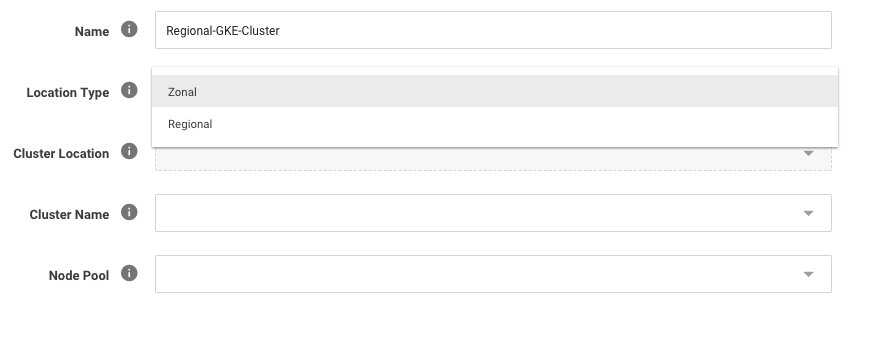Regional GKE Clusters
Regional GKE clusters give you increased availability with less overhead, from the Google Cloud docs:
A regional cluster provides a single static endpoint for the entire cluster and spreads your cluster’s Pods across multiple zones of a given region. This allows you to access the cluster’s control plane even during an outage or downtime involving one or more (but not all) individual zones.
Regional clusters distribute Kubernetes resources across multiple zones within a region. A regional cluster’s masters and nodes are spread across multiple zones. The default number of masters, default number of nodes per zone, and default number of zones included are all three, but you can reduce or increase the number to achieve the appropriate cluster size and number of zones.
Import to Elastigroup
Elastigroup now supports the import for both Zonal and Regional GKE clusters. Once you import your Regional GKE cluster, you’ll gain the benefits of the Spotinst K8s Autoscaler, as well as the ability to run your clusters on a mix of Preemptible and On-Demand VMs.
To import your Regional GKE cluster, create a new Elastigroup on your GCP Spotinst Account by Clicking on Elastigroups -> Create -> GKE.
Then, you’ll see a wizard for setting up your import:

Under Location Type, select Regional. Then select your desired region under Cluster Location, and pick the cluster and node pool configuration you want to import.
The rest of the process remains the same, for the full tutorial, check out the Spotinst docs.

